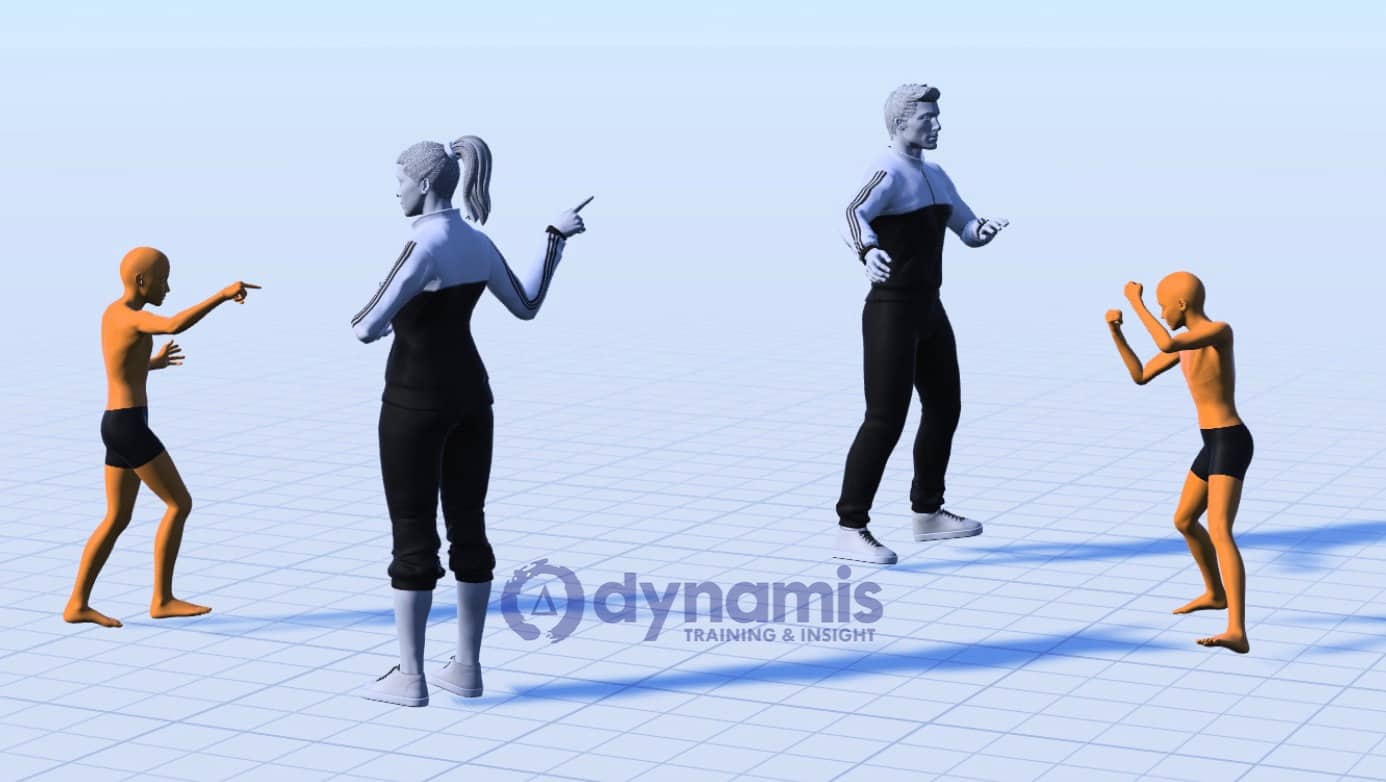Children have diverse needs, and sometimes, adults need to intervene to support them. Positive handling is a technique used to ensure that children are safe and their dignity is maintained during any form of intervention. With the right training, staff in primary schools can learn positive handling techniques that will help them to support children with complex needs. In this blog post, we will discuss three positive handling learning outcomes for primary schools.
Understanding the Importance of Positive Handling
Positive handling is an essential tool for primary schools staff, especially those working with children with special needs. The technique helps to ensure that children are safe, and their dignity is maintained during any form of intervention. Positive handling training also helps staff to understand the importance of emotional regulation, communication skills, and the use of de-escalation strategies.
Developing Positive Relationships with Children
Positive handling training helps staff to develop positive relationships with children. By learning how to communicate effectively with children, staff can build rapport with them and establish trust. This trust can lead to better outcomes for the child, and staff can feel more confident in their ability to support them.
Using Positive Handling Techniques Safely and Effectively
Positive handling training enables staff to learn how to use positive handling techniques safely and effectively. Staff learn how to recognize the early warning signs of challenging behavior and use de-escalation strategies to prevent escalation. They also learn how to use positive handling techniques to support children safely without causing harm.
Here is a typical set of topics we cover to meet the learning outcomes for Positive Handling in a Primary School setting:
| Recommended Positive Handling Course Elements | |
| Behaviour Management Legal and Risk knowledge components Physical Intervention and Holding Skills | |
| Behaviour Management and Restraint Reduction | |
| Core Values: Dignity and Respect Triggers and Cues for Conflict/Distress Showtime Mindset and Emotional Control Proxemics Universal Greeting the Initial Contact Listening and Empathy Redirect Abuse and Negative Behaviour Recognise Vulnerability and use Special Needs Strategies Appropriate Action and Closure | |
| Legal and Risk Topics | |
| Identifying Behaviour Phases and Risk Duty of Care and Decision Making Principles of Reasonable Force Risks of Serious Injury in Restraint | |
| Identifying Phases of Behaviour and Risk | |
| These elements can be covered in online pre-course training The Kaplan Wheeler model: 7 phases of Crisis Behaviour Baseline Behaviour Phase – Impact of Trauma on this (Context) Triggering Phase triggers, trauma cues and coping Escalation Phase overt stress behaviours and Point of No Return Crisis or Violence Phase actions on: Engage or Disengage Resolution and Reflective Phases Effects of Survival Stress and Trauma | |
| Health and Safety and Risk | |
| These elements can be covered in online pre-course training Section 2 and 3 HSAW Duties of Employer Section 7 Duty of Employees ‘Reasonable Care’ Need for adequate staffing and availability of trained staff Vulnerability of being alone in a violent incident The Need for Suitable and Sufficient Risk Assessment Planned vs Emergency interventions Manual Handling rules and good posture to reduce injury risk If Possible, Contain rather than Restrain Non-police staff should not engage vs. weapons | |
| Principles of Reasonable Force | |
| These elements can be covered in online pre-course training Lawful Excuse to Use Force The Necessity Principle and Criteria When NEVER to use force Alternatives to Use of Force The Proportionality Principle Range of Viable Options vs Imminent Risk The Honest Belief Principle Aftercare when force is used | |
| Awareness of Injury Risk and Sudden Death in Restraint Incidents | |
| These elements can be covered in online pre-course training Risks to Staff (note: Head/Neck Trauma) Risks to the Child or Young Person Sudden Death Proximal to Restraint Compressional / Positional Asphyxia High-Risk Restraint Positions to Avoid Medical Condition Risk Factors Other Risk Factors (e.g. Time) Warning Signs Emergency Actions on Warning Signs | |
| Interventions for Primary and EYFS settings | |
| Managing Space and Moving towards Safety Safer Approach and Positioning Prompting and Escorting – Front and Back Humerus Control Principle and Practice Clothing Grips for Control Principle and Practice Cupped Fist Hold Wrist Hold (single/double) Standing, Seated and Kneeling variations Dealing with the child or young person dropping Dealing with head-butting in holds Dealing with spitting in holds Dealing with Kicking behaviours in holds Safely Removing Holds and Disengaging Risks when operating Solo vs as a Team | |
For more information, visit the longer-format post about how to choose Positive Handling for your school.



